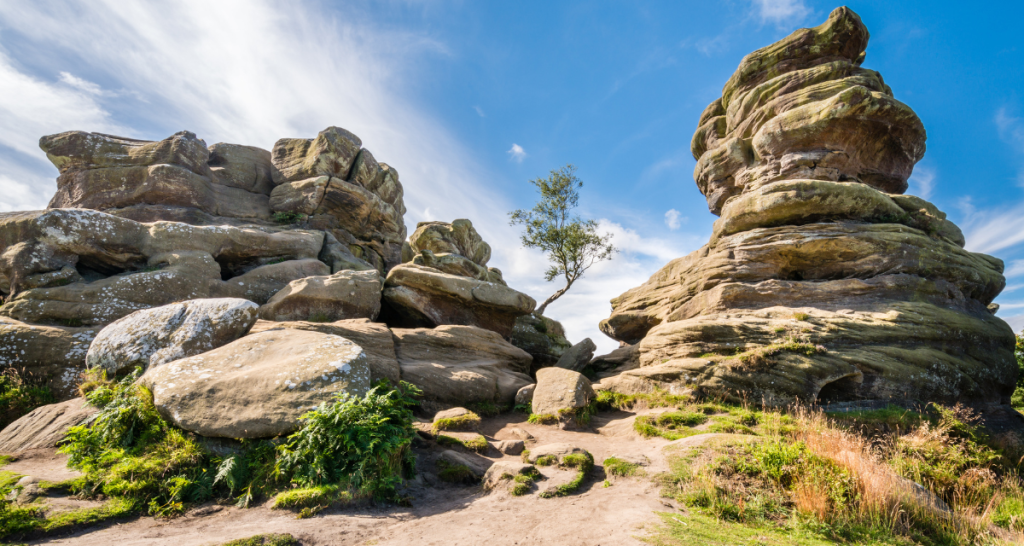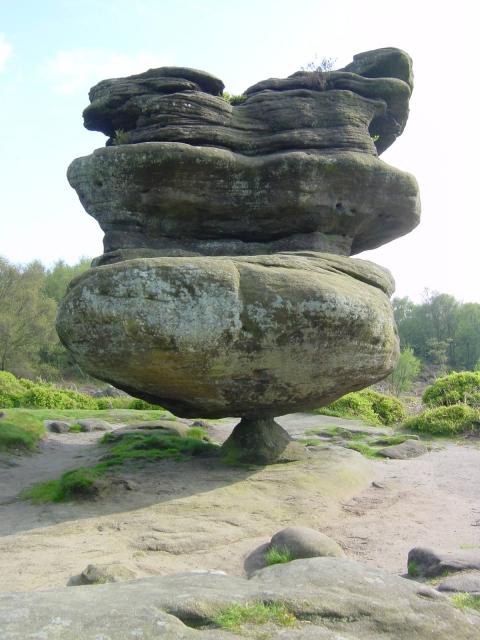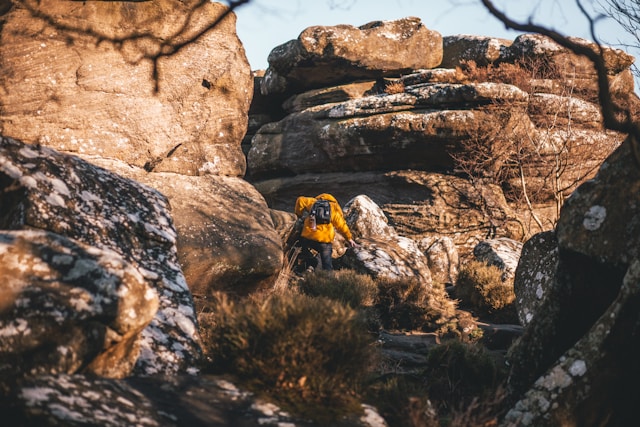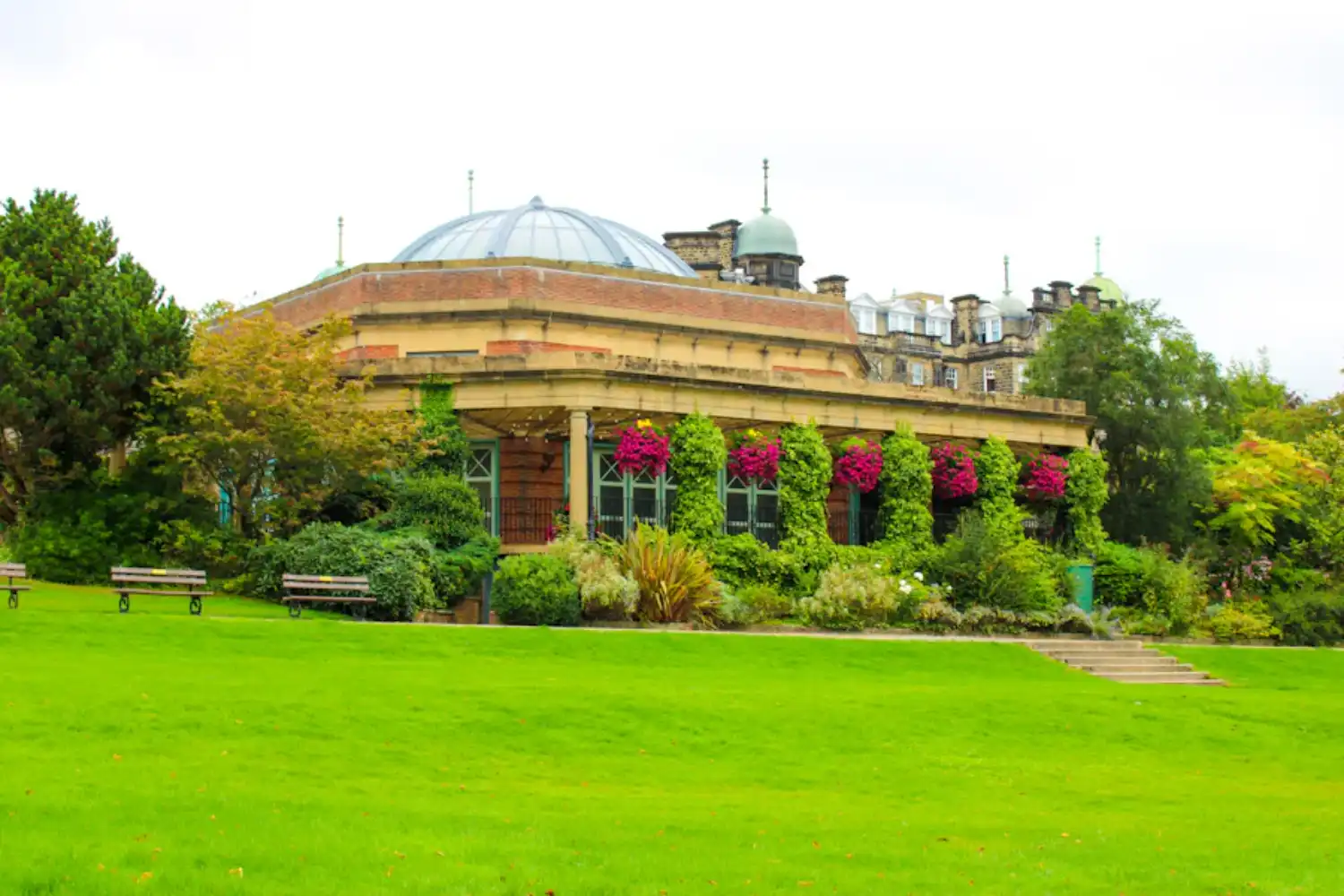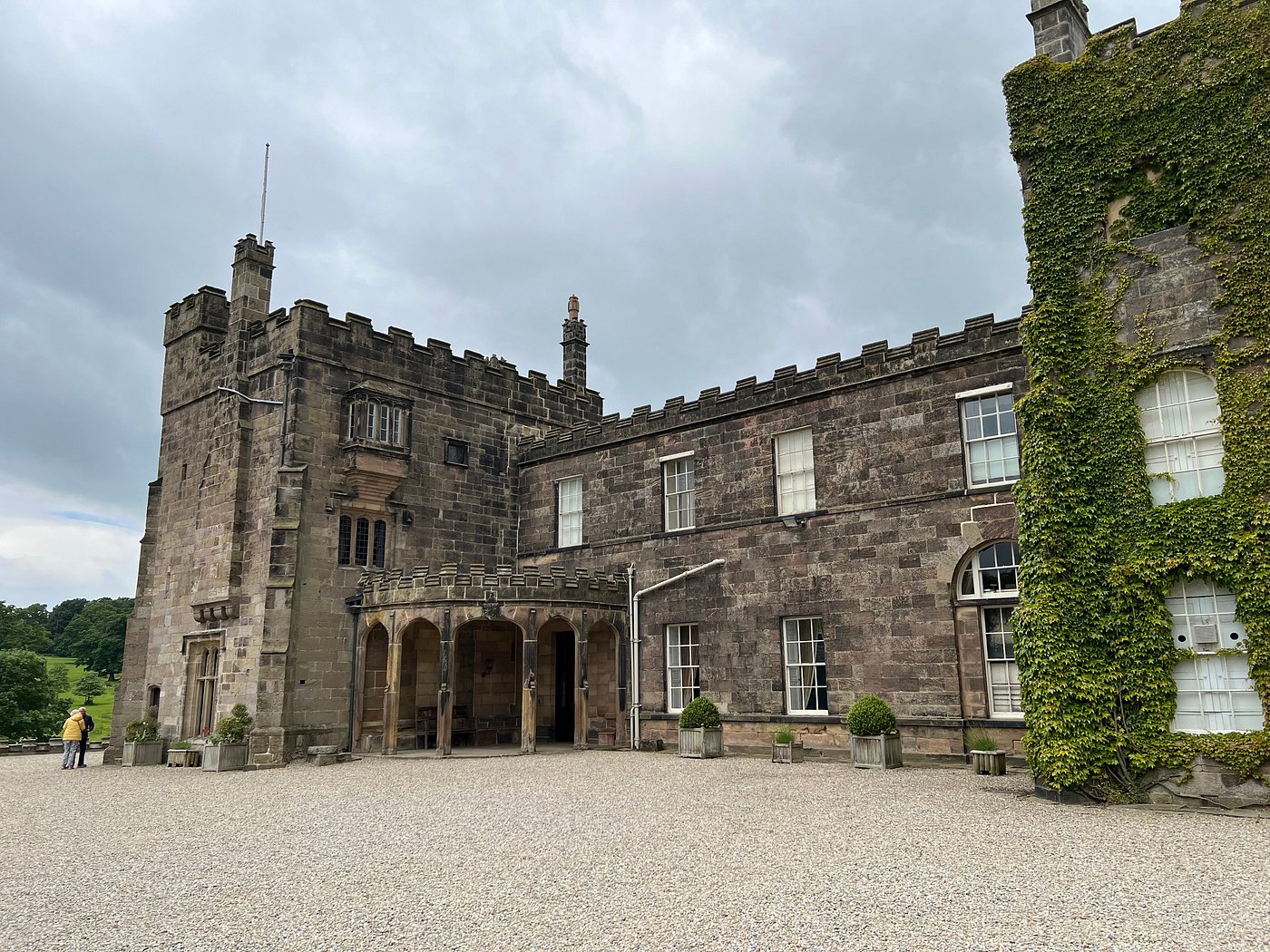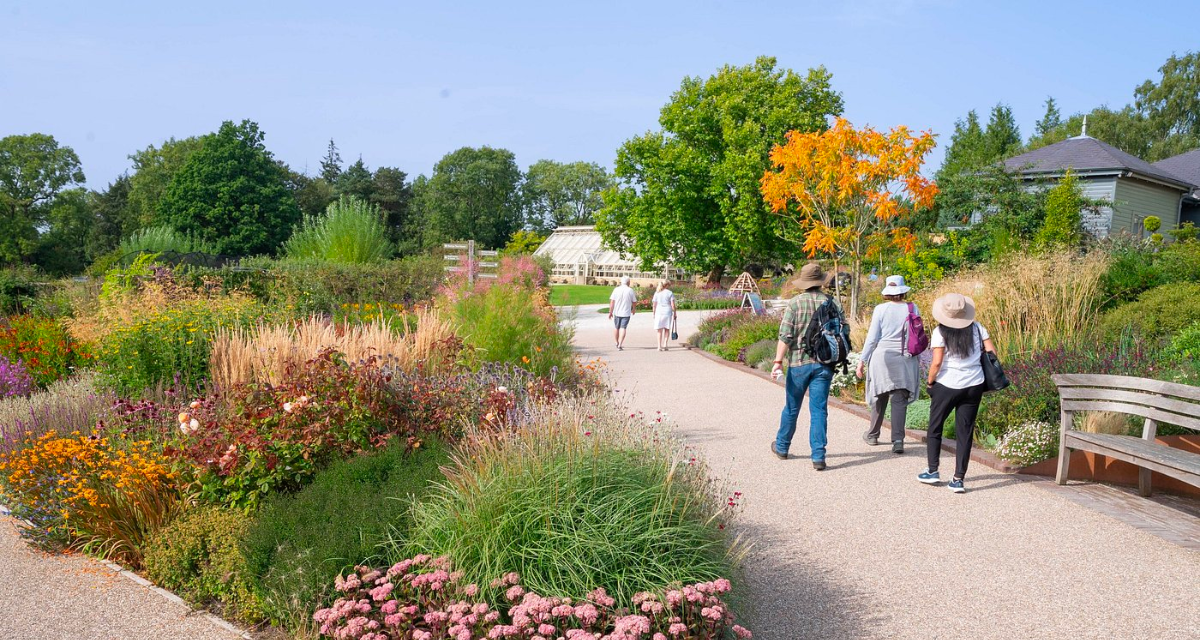Profile
Brimham Rocks, located just northwest of Harrogate in North Yorkshire, is a remarkable collection of natural rock formations managed by the National Trust. This site spans approximately 183.9 hectares and is recognised as a Site of Special Scientific Interest (SSSI) due to its unique biological and geological features.
Geological Significance
The rock formations at Brimham Rocks were sculpted over millions of years through the forces of nature, including ice, rain, and wind. The site showcases a variety of unusual shapes, which have inspired imaginative interpretations, resembling animals and other figures, such as the “Dancing Bear” and the “Gorilla”. These formations were created long before the first dinosaurs roamed the Earth, making it a site of significant historical interest.
Flora and Fauna
The surrounding heather moorland is home to three local varieties of heather: ling, bell, and cross-leaved heath, contributing to the area’s ecological diversity. The site is also a popular spot for birdwatching, with opportunities to see species like red kites and buzzards.
Visitor Experience
Brimham Rocks offers a range of activities for visitors, including walking, cycling, climbing, and orienteering. There are accessible trails and guided walks that explore the area’s natural beauty and historical significance, including a route that follows the ancient path to Fountains Abbey. The visitor center provides amenities such as refreshments and a second-hand bookshop, enhancing the overall experience for families and outdoor enthusiasts alike.
Cultural Impact
Historically, Brimham Rocks has drawn visitors since the late 18th century, becoming a popular destination for photography and leisure. Its dramatic landscape has inspired poetry and literature, reflecting the Romantic fascination with nature’s sublime beauty. The site continues to be a cultural landmark, featured in various media, including children’s television programs and music videos.
In summary, Brimham Rocks is not only a geological wonder but also a vibrant ecosystem and cultural site, making it a must-visit destination for nature lovers and history enthusiasts.
Map
Sorry, no records were found. Please adjust your search criteria and try again.
Sorry, unable to load the Maps API.
